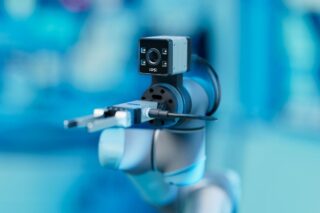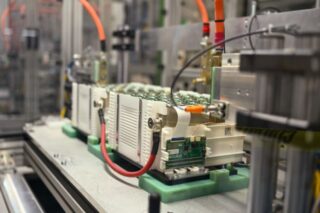A machining center is a highly automated and computer-controlled machine tool for manufacturing processes. It combines several machining operations, such as milling, drilling, tapping, and sometimes even turning, in a single machine. This is a versatile and efficient solution for producing complex and precision-engineered parts. Since it is not always easy to choose the right equipment in front of a multitude of manufacturers, we have produced this buying guide with tips and recommendations to help you make the right purchasing decision.
Various industries use machining centers. These include aerospace, automotive, medical device manufacturing, and general engineering. They offer high precision and are essential tools for producing components in manufacturing processes.
The key features of a machining center are:
Computer Numerical Control (CNC)
Machining centers integrate CNC systems that allow for precise control and programming of the machining operations. Operators input the design specifications and tool paths into the CNC control unit. Then, it guides the cutting tools and workpieces through the process.
Tool Changer
Most machining centers have an automatic tool changer that can store and switch between various cutting tools quickly.
Workholding
The workpiece is securely held in place using fixtures or vises. Some machining centers have pallet systems that allow for the quick exchange of workpieces, reducing downtime.
Spindle
The spindle is the motorized component that makes the cutting tools rotate. It can have various speed and power settings, depending on the machining requirements.
Linear Guides
Precision linear guides and ball screws are used to ensure the accuracy and repeatability of movements in the machine’s three axes (X, Y, and Z).
Coolant System
Machining centers often have a coolant system to keep both the cutting tools and workpieces at the appropriate temperature. This reduces friction and removes chips and debris from the cutting area.
Control Panel
The operator interacts with the CNC machining center through a control panel or computer interface. This is where they can load programs, set parameters, and monitor the machining process.
![[BUYING GUIDE] How to Choose the Right Machining Center?](/wp-content/uploads/sites/3/Featured-4-12-1250x781.png)







![Image [Buying Guide] How to Choose the Right Protection Gloves?](/wp-content/uploads/sites/3/Gloves-1-320x213.jpg)
